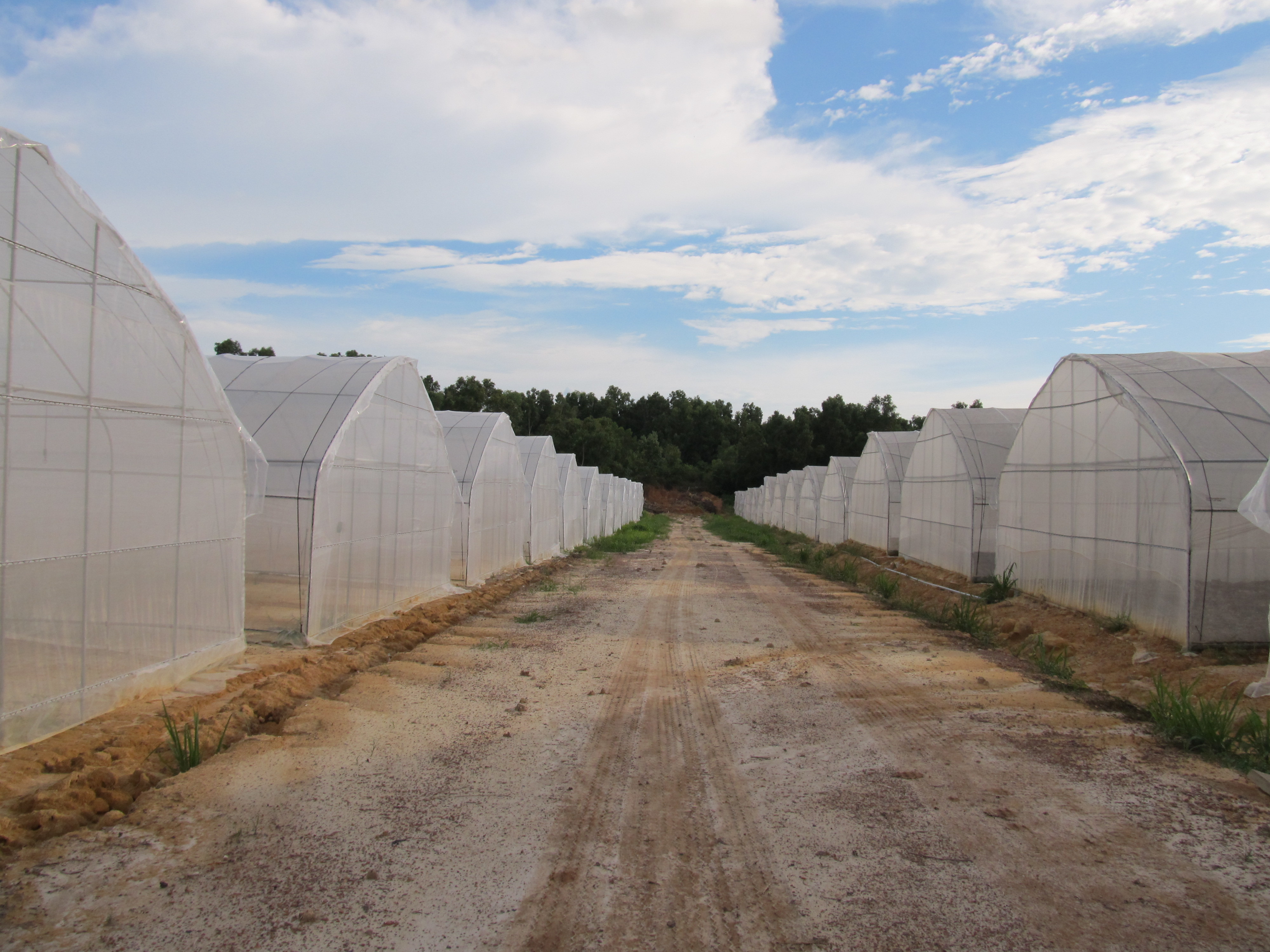The Benefits Of Single-Tunnel Greenhouses For Sustainable Food Production
These structures provide a controlled environment for plants, allowing farmers to extend the growing season, protect crops from harsh weather, and improve overall yield. The design is typically low to the ground and can be easily assembled with minimal materials, making it an accessible option for small-scale farmers and hobbyists alike.

Advantages of Single-Tunnel Greenhouses
Understanding the **benefits of single-tunnel greenhouses** can help both growers and consumers appreciate their role in sustainable food production. Here are some of the primary advantages:
1. Extended Growing Seasons
One of the most significant advantages of single-tunnel greenhouses is their ability to extend the growing season. By creating a warmer microclimate, these structures enable farmers to plant crops earlier in the spring and harvest later in the fall. This means that fresh produce can be available during months when it is otherwise scarce, reducing reliance on imported goods and enhancing food security.
2. Improved Crop Yields
3. Pest and Disease Management
By providing a physical barrier against pests and diseases, single-tunnel greenhouses significantly reduce the need for chemical pesticides. This not only benefits the environment but also leads to safer, healthier food products for consumers. Integrated pest management strategies can be implemented more effectively within these structures, promoting sustainable agricultural practices.
4. Water Conservation
Water scarcity is a pressing issue in many parts of the world. Single-tunnel greenhouses help conserve water by minimizing evaporation and runoff. The controlled environment allows for more efficient irrigation practices, such as drip irrigation, which further reduces water usage. This is particularly important in regions where water resources are limited.
5. Energy Efficiency
Single-tunnel greenhouses are designed to maximize sunlight exposure while minimizing heat loss. The use of a single layer of plastic allows for sufficient light penetration, and the shape of the structure helps capture solar energy. This not only lowers energy costs for heating but also reduces the carbon footprint of food production.
Design Features of Single-Tunnel Greenhouses
To appreciate the benefits of single-tunnel greenhouses, it's essential to understand their design features. These structures incorporate several key elements that enhance their functionality:
1. Structure and Materials
Single-tunnel greenhouses are typically constructed using durable materials such as galvanized steel or PVC for the frame. The covering is usually made from high-density polyethylene (HDPE) or ultraviolet (UV) resistant plastic, which can last for several years while providing optimal light transmission.
2. Ventilation Systems
Effective ventilation is crucial for maintaining the ideal growing conditions inside a greenhouse. Single-tunnel structures often incorporate roll-up sides or roof vents to allow for natural airflow, which helps regulate temperature and humidity levels.
3. Thermal Mass Techniques
Some single-tunnel greenhouses utilize thermal mass techniques, such as water barrels or stone walls, to absorb and retain heat. This helps maintain consistent temperatures, particularly during the cooler nights, further enhancing the growth environment for plants.
Crop Varieties Best Suited for Single-Tunnel Greenhouses
Not all crops thrive equally well in single-tunnel greenhouses. However, many popular crops benefit significantly from the controlled environment these structures provide.
1. Leafy Greens
Crops such as lettuce, spinach, and kale flourish in single-tunnel greenhouses. These leafy greens require cooler temperatures and can be grown year-round in a controlled environment, providing fresh produce to consumers regardless of the season.
2. Tomatoes and Peppers
Tomatoes and peppers are other crops that thrive in single-tunnel greenhouses. The protection from pests and diseases, combined with the extended growing season, allows for higher yields and better quality results for these popular vegetables.
3. Berries
Berries, such as strawberries and raspberries, also perform exceptionally well in single-tunnel structures. The ability to control humidity levels aids in preventing mold growth, allowing for a more abundant and high-quality harvest.
Challenges and Considerations in Implementing Single-Tunnel Greenhouses
While single-tunnel greenhouses offer numerous benefits, there are also challenges that farmers may face when implementing them.
1. Initial Investment Costs
Although single-tunnel greenhouses are more affordable than traditional glass greenhouses, there is still an initial investment involved in purchasing materials and constructing the structure. Farmers must evaluate their budgets and consider potential funding options or grants for sustainable agriculture initiatives.
2. Maintenance and Upkeep
Regular maintenance is essential for maximizing the benefits of single-tunnel greenhouses. This includes periodic checks for wear and tear on the structure, replacing plastic coverings, and ensuring ventilation systems are functioning properly. Farmers should factor in the time and resources required for ongoing upkeep.
3. Knowledge and Training
Successful management of single-tunnel greenhouses requires a certain level of knowledge and experience. Farmers may need to invest in training to learn best practices for greenhouse management, pest control, and crop care, ensuring they can fully harness the potential of these structures.
The Future of Single-Tunnel Greenhouses in Sustainable Agriculture
As we look toward the future of agriculture, single-tunnel greenhouses are poised to play a crucial role. The increasing demand for local produce, coupled with the challenges posed by climate change, makes these structures an attractive option for sustainable food production.
Advancements in technology, such as automated irrigation systems and climate control sensors, will enhance the efficiency and effectiveness of single-tunnel greenhouses. Furthermore, as farmers become more aware of the environmental impacts of traditional agriculture, the shift towards eco-friendly practices will likely accelerate, making single-tunnel greenhouses a standard in the industry.

评论
发表评论